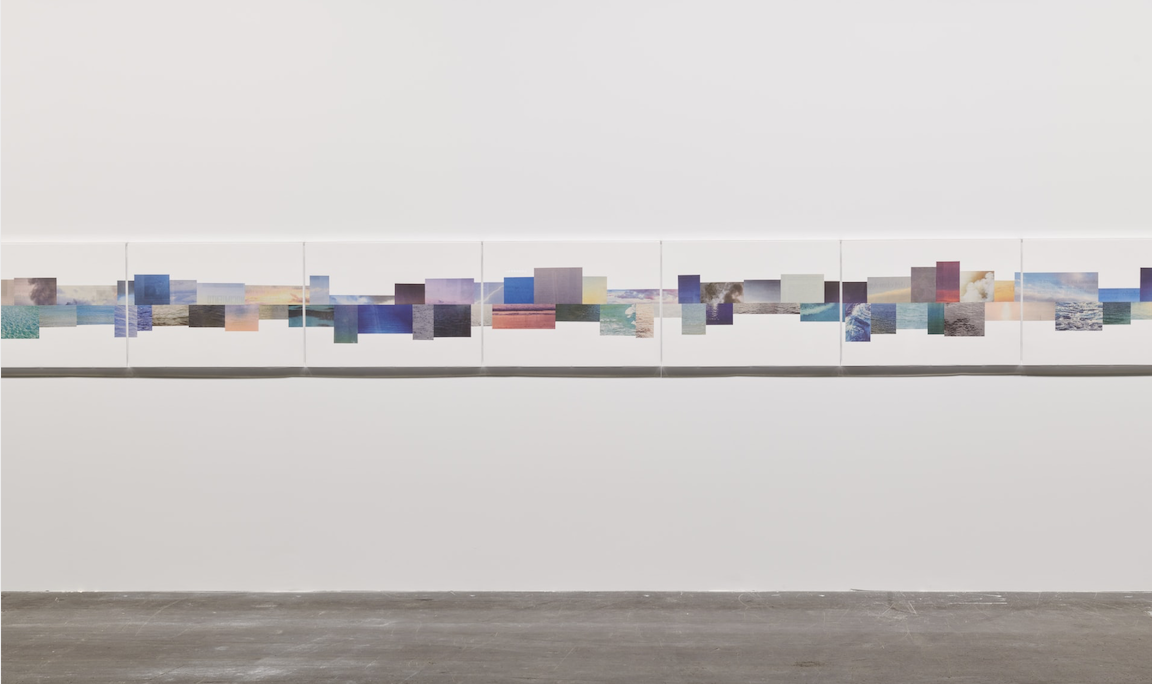Exhibitions
"Annibale Carracci. The frescoes in the Herrera chapel"

The MNAC presents, from July 8 to October 9, 2022, the exhibition Annibale Carracci. The frescoes in the Herrera chapel. The exhibition, curated by Andrés Úbeda de los Cobos, together exhibits frescoes by one of the most renowned painters of the 17th century, Annibale Carracci.
During the 1830s, the frescoes were torn off and transferred to cloth, and soon after were sent to Spain. Seven of the fragments were deposited in the Prado Museum and the other nine, which can currently be seen in the National Museum, at the Royal Catalan Academy of Fine Arts in Sant Jordi. The location of the other three fragments that are missing to complete the set is unknown, although it seems that in their day they were deposited in the church of Santa Maria de Montserrato, in Rome.
This set of murals of exceptional importance was, until now, little known, probably due to its dispersion. The paintings preserved by the National Museum have been restored in different campaigns since 1992. The recent restoration of the fragments preserved by the Prado has finally allowed the two museums to approach their exhibition and study together and, in collaboration with the Gallery Barberini, show it also in Rome.
The torn mural has a very special presence in the collection of the National Museum. In the rooms of Romanesque art, with the paintings of the churches of the Pyrenees, in those of modern art, with the frescoes made by Xavier Nogués by the Galeries Laietanes and, in the Renaissance and Baroque rooms, with the frescoes of Carracci . The exhibition now allows you to go through the different heights of the chapel and recreate its decoration.
In the early 17th century, Annibale Carracci (Bologna, 1560 - Rome, 1609) undertook with Juan Enríquez de Herrera to fresco the painting of his family's chapel in the church of Sant Jaume dels Espanyols in Rome. Carracci devised the whole set and came to execute some frescoes before in 1605 he suffered a serious illness that took him away from the project and delegated the execution of the paintings to Francesco Albani. Although this is the most important commission received by Carracci at the end of his career, these frescoes, which reproduce scenes from the life of San Dídac d'Alcalá, an Andalusian Franciscan who died in 1463, are practically unknown as a whole. to the general public due, among other circumstances, to its dispersion.
The tearing of the paintings from the walls of the chapel due to the deterioration of the church, caused that, of the nineteen fragments of existing mural painting, only sixteen arrived in Spain (seven fragments are preserved in the Museo Nacional del Prado and nine arrived in Spain). the Royal Catalan Academy of Fine Arts of Sant Jordi from where they were deposited in the National Art Museum of Catalonia), and the remaining three were deposited in the Roman church of Santa María de Montserrat, where they could not be located.
The painting of the altar was also moved there, where it continues today. In the National Art Museum of Catalonia are preserved - as a deposit of the Royal Academy of Fine Arts of Sant Jordi, where they were officially admitted on August 9, 1851 - nine murals: the two that were located outside for under the access to the chapel, the Assumption of the Virgin Mary and the Apostles around the empty tomb of the Virgin Mary, and four others, plucked from the side walls of the interior, the Preaching of St. Didac , the Healing of a blind young man, the Apparition of Saint Didacus in his tomb and the Miracle of the Roses.
In addition, the National Museum has three other frescoes depicting the Eternal Father, taken from the hemispherical enclosure of the lantern, St. Peter and St. Paul, saints who flanked the altarpiece on the front wall of the chapel. This painting of the altar, painted in oil on wood, San Dídac d'Alcalá intercedes by Diego Enríquez de Herrera, who is also part of the exhibition, is today in the Spanish National Church of Santiago y Montserrat. The whole of the Museo Nacional del Prado consists of seven frescoes. The first are the four trapezoids that decorated the vault of the chapel and that narrate the subjects related to the life of santo protagonist: Sant Dídac receives alms, the miraculous Refraction, Sant Dídac saves the boy slept in the oven and Sant Dídac receives the habit franciscan. In addition, the Prado has three of the ovals that were located in the shells: Sant Llorenç, Sant Francesc and Sant Jaume el Major. These works are exhibited for the first time after their recent restoration.
Along with these paintings are related drawings, prints that reproduce the lost fragments and funeral books of the kings of Spain where the interior of the church is reproduced.








